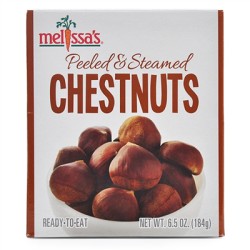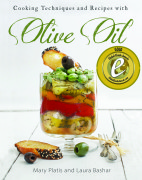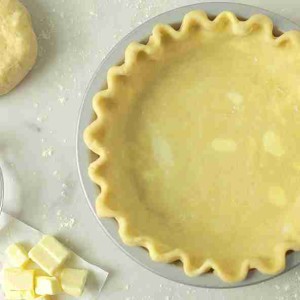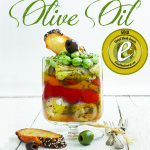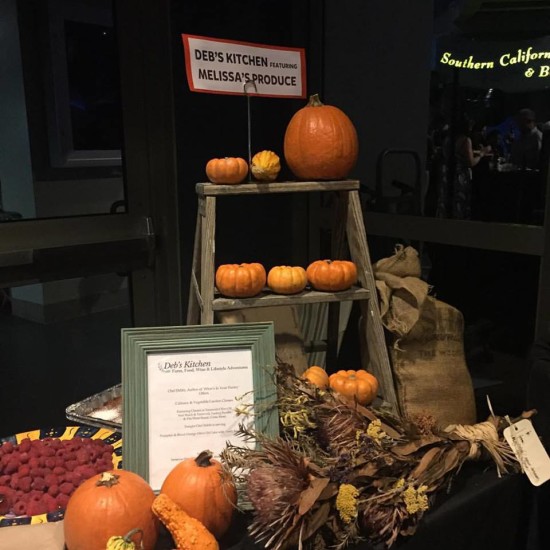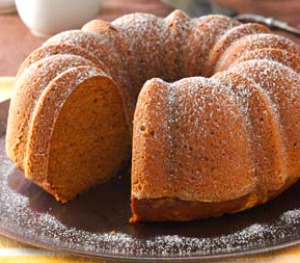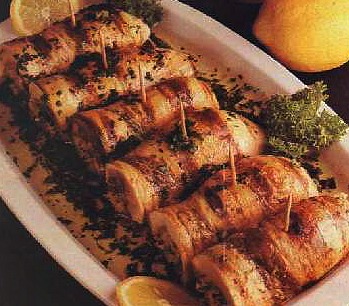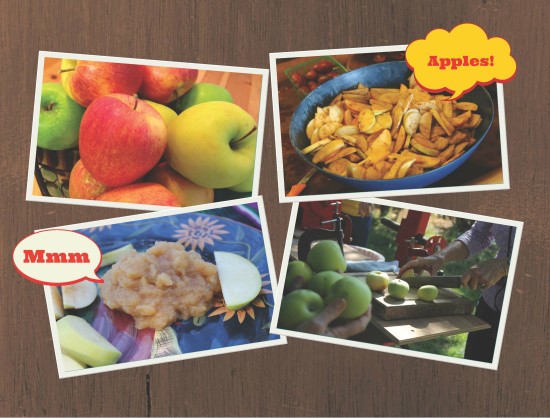One of the most important tasks you can do to get ready for any event or holiday is to make sure that your knives are sharp. It’s so much easier to cut yourself with a dull knife (really), and a sharp knife makes chopping a dream. Sharpen your knives when the time changes, this makes it easier to remember to drop your knives at the cutlery store or with the farmers market knife specialist. There are electric knife sharpeners galore or you can learn the old fashioned way with a whetstone and mineral oil. I should also mention here that a knife ‘steel’ does not sharpen your knife. (The steel is the long piece that comes with the knife block that you don’t really need-the knife block, not the steel.) The steel is designed to hone the edge of your knife between sharpening and should be used prior to any use of the knife. Be sure to wipe the edge of the blade carefully after honing.
Here is an excerpt from my book, ‘What’s In Your Pantry‘ about knives.
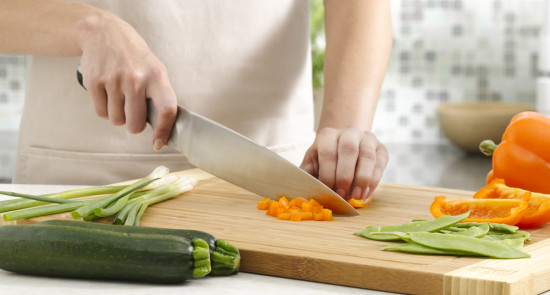
Photo: chowhound
Forged construction. A forged knife is one that’s been squeezed in a die (a type of mold) with tons of force. This strengthens the knife by aligning the steel molecules, like wood grain, and also makes the steel’s edge more consistent so it will both take and hold a better edge.
Stamped construction. Provided they’re made from good-quality steel, stamped knives (which have been punched from sheet steel, like how you use a cookie cutter) are a good low-cost alternative to forged knives. But given the easy availability of affordable forged knives, I’d say you should bypass stamped knives altogether.
Full-tang designs. A full tang knife is one in which the blade’s steel extends into the handle for its entire length. The myth is that this is necessary for strength. In the kitchen, a full tang is not necessary, although a full tang can help balance a knife.
Hollow-ground designs. It’s become quite fashionable to have little hollows, known as grantons, ground into the sides of the blade. In theory, they minimize blade-to-food friction and prevent sliced foods from sticking to the blade. I’ve found this is true about 10 percent of the time.
Knives
Chef’s Knife:
This is the most important knife in your arsenal, the one you’ll reach for 95 percent of the time. No matter how tight your budget, get yourself a great chef’s knife. If you need to save money, do it with the other knives.
Santoku
This has become a tremendously popular blade style, and for many cooks the Santoku has supplanted the traditional French chef’s knife as their go-to blade. It’s offset, like a French chef’s knife, but tends to be shorter (less versatile). And many have essentially straight cutting edges, without the smooth curve that helps promote a rocking/paper-cutter motion useful for mincing and chopping.
Paring
The paring knife is going to be your second-most-used blade for fine detail work like trimming meats and vegetables, or peeling and de-seeding fruits.
Bread/Serrated Knife
Serrated blades rip through food, so sharpness isn’t that essential. Quality steel is less important than blade length—longer is better (I like 10 inches, don’t settle for less than 8 inches). Offset blades are preferred—otherwise you have to cut near the edge of the cutting board to stop your knuckles from hitting the surface.
Slicing/Carving Knife
Look for a knife that’s not too tall, so it’ll be easier to make curving slices (handy when circumnavigating a turkey rib cage, or the bone in a roast). And be sure it’s at least 10 inches long, so you can slice through with the fewest number of strokes for a smooth surface and clean presentation.
Boning/Filleting Knife
This is a very special-purpose knife, and in this once instance it’s actually preferable to have a stamped blade. Forged blades are stiffer, and a flexible blade follows bones more closely for better yield. Be sure you choose a knife with a textured grip—boning and filleting is a greasy, messy operation, and you don’t one that knife to slip.
Here’s a little Winter Soup recipe for you to practice your knife skills,
Minestrone Soup with Pesto
Buy the Book


